Analysis reveals disparities in funding to combat global impacts of climate change on health
“Climate change is one of the biggest threats to health.”
—Dr Beth Thompson, interim Director of Strategy, Wellcome Trust (7 February 2023).

This blog addresses the impact of climate change on infectious diseases, in particular infectious diseases with the potential to transmit from animals to humans, also known as zoonotic diseases. To set the scene for this, we first consider the wider context of how global warming has far-reaching consequences for humans and the planet. The global changes that we are currently experiencing have never happened before, with climate change representing one of the principal environmental and health challenges. We use Dimensions to explore published research, research funding, policy documents and citation data. To help us perform a deeper analysis of the data, we access the Dimensions data through its Google BigQuery (GBQ) provision. This allows us to integrate data from Dimensions with one of the publicly available World Bank datasets on GBQ.
We also look at the research in conjunction with two United Nations (UN) Sustainable Development Goals (SDGs) – SDG3 Good Health and Well-being and SDG13 Climate Action – and assess how they add to the narrative. Many of the health impacts associated with climate change are a particular threat to the poorest people in low- and middle-income countries where the burden of climate sensitive diseases is the greatest. This also suggests that the impact in these regions, based on the UN SDGs, may reach beyond climate (SDG13) and health (SDG3) to affect those who live in extreme poverty (SDG1) and/or those who experience food insecurity (SDG2).
“The climate crisis is a health crisis”
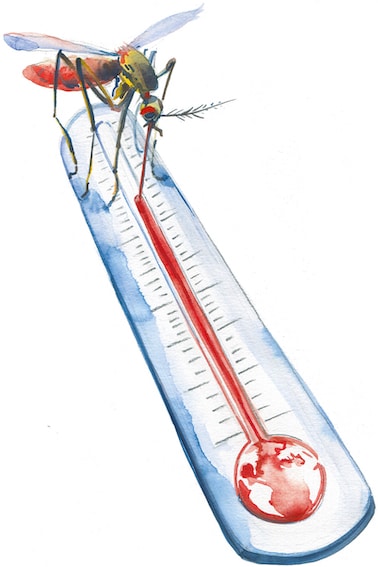
Introduction
1. Climate change and zoonotic diseases
Climate change has far-reaching implications for human health in the 21st century, with significant increases in temperature extremes, heavy precipitation, and severe droughts.1 It directly impacts health through long-term changes in rainfall and temperature, climatic extremes (heatwaves, hurricanes, and flash floods), air quality, sea-level rise in low-land coastal regions, and many different influences on food production systems and water resources.2
In terms of human health, climate change has an important impact on the transmission of vector-borne diseases (human illnesses caused by parasites), in particular zoonotic infectious diseases (infections transmitted from animal to humans by the bite of infected arthropod species, such as mosquitoes and bats), and has a particular relevance due to the most recent COVID-19 and Zika virus outbreaks. Arthropods are of major significance due to their abundance, adaptability, and coevolution to different kinds of pathogens.3
Zoonotic infectious diseases are a global threat because they can become pandemics, as we have seen in the case of COVID-19, and are currently considered one of the most important threats for public health globally. The COVID pathogen spread worldwide, recording 255,324,963 cases with 5,127,696 deaths as of November 2021.4
One reason for this turnaround could be related to the widespread adoption of the United Nations Sustainable Development Goals (SDGs), and in particular SDG6, which sets out to “ensure availability and sustainable management of water and sanitation for all”.9 The achievement of this Goal, even if partially, would greatly benefit people and the planet, given the importance of clean water for socio-economic development and quality of life, including health and environmental protection. SDG6 considers improvement of water quality by reducing by half the amount of wastewater that is not treated by 2030.
The changes in climatic conditions have forced many pathogens and vectors to develop adaptation mechanisms. For example, in the case of African Ebola, climate change is a factor in the rise in cases over the past two decades, with bats and other animal hosts of the virus being driven into new areas when temperatures change, potentially bringing them into closer contact with humans.
Examples highlighting how the acceleration of zoonotic pathogens is attributable to changes in climate and ecology due to human impact are common. According to the Center for Disease Control (CDC), almost six out of every 10 infectious diseases can be spread from animals to humans; three out of every four emerging infectious diseases in humans originate from animals.5 Zoonotic diseases, such as those spread by mosquitoes and other related vectors, have increased in recent years. This is because the rise in global temperatures has created favourable conditions for breeding specific pathogens, especially in poorly developed countries predominantly in the Global South.6 Further, climate change is causing people’s general health to deteriorate, making it easier for zoonotic infections to spread, as seen with the Zika and dengue viruses.7
The changes in climatic conditions have forced pathogens and vectors to develop adaptation mechanisms. Such development has resulted in these diseases becoming resistant to conventional treatments due to their augmented resilience and survival techniques, thus further favouring the spread of infection.
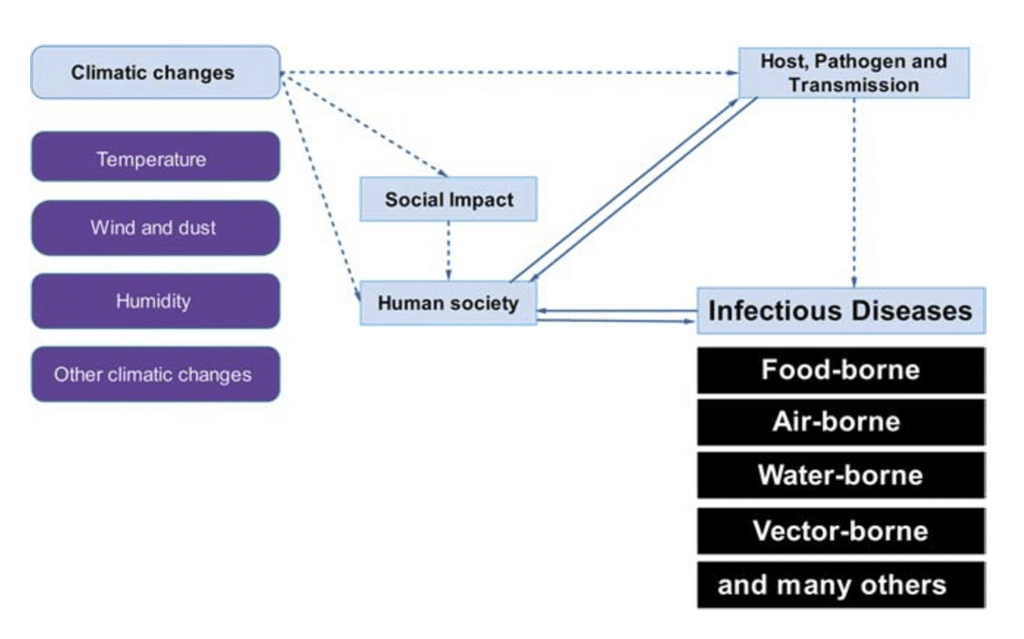
2. Exploring links between climate change and zoonotic diseases as evidenced by mentions in policy documents
Developments in policy are generally rooted in academic research. Applying research to policy relevant questions is increasingly important to address potential problems and can often identify what has been successful or not successful elsewhere. Citations to the research that underpins policy documents is known to be an important (proxy) indicator of the quality of the research carried out. Awareness and the course of action taken by governments, NGOs and other health-focused institutions is evident by their activity in this area. For example, in the UK the government has recently allocated £200 million to fight zoonotic diseases.9 Actions that are taken relevant to this are communicated by, for example, relevant policy documents which mention the research influencing public policy decision making in this area. Policy documents provide us with a different perspective for analysis, allowing a closer proximity to ‘real world’, society-facing issues.
3. The SDG3 and SDG13 crossover: research outputs associated with zoonotic diseases and climate change
The UN launched the 2030 Agenda for Sustainable Development to address an ongoing crisis: human pressure leading to unprecedented environmental degradation, climatic change, social inequality, and other negative planet-wide consequences.10 There is growing evidence that environmental change and infectious disease emergence are causally linked and there is an increased recognition that SDGs are linked to one another. Thus, understanding their dynamics is central to achieving the vision of the UN 2030 Agenda. But environmental change also has direct human health outcomes via infectious disease emergence, and this link is not customarily integrated into planning for sustainable development.11
Two of the 17 UN SDGs of most relevance to zoonotic diseases and climate change are SDG3 and SDG13.
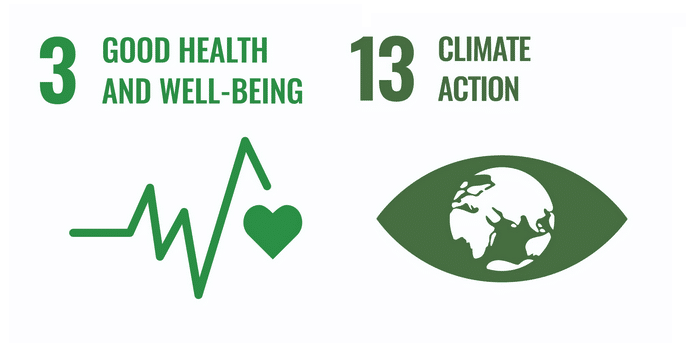
Looking specifically at SDG3, reducing global infectious disease risk is one of the targets for the Goal (Target 3.3), alongside strengthening prevention strategies to identify early warning signals (Target 3.d).12 Given the direct connection between environmental change and infectious disease risk, actions taken to achieve other SDGs also have an impact on the achievement of SDG3. Moreover, strengthening resilience and adaptive capacity to climate-related hazards and natural disasters is one of the targets for SDG13 (Target 13.1).13 The two SDGs perhaps highlight two sides of the same coin – SDG3 focusing on preventing and reducing disease risks and SDG13 focusing on strengthening resilience of climate-related hazards (infectious disease being an obvious hazard).
Exploring the crossover between SDG3 and SDG13 using Dimensions, reveals interlinkages with other SDGs – SDG1 No Poverty and SDG2 Zero Hunger. We know that living in poverty has negative impacts on health, and in respect of climate change, economic loss attributed to climate-related disasters is now a reality. Experiencing hunger can be a consequence of vulnerable agricultural practices that negatively impact food productivity and production. In 2020, between 720 and 811 million persons worldwide were suffering from hunger, as many as 161 million more than in 2019.14 Moreover, climate change, extreme weather, drought, flooding and other disasters progressively deteriorate land and soil quality, severely affecting the cost of food items.
4. Funding of research associated with SDG3 and SDG13 – increases in SDG research funding
Scientific advances reveal empirical observations of the association between climate change and shifts in infectious diseases. Using Dimensions we can examine the scientific evidence for this by looking at the impact of climate change on zoonotic diseases. We can also track the science, through the lens of research outputs associated with both SDG3 and SDG13.
Being able to assess publishing and funding behaviours by comparing the Global North and Global South countries provides us with an insight into where research is both funded and ultimately published. Moreover, one question we might ask is, given that the Global South is currently hardest hit by the consequences of climate change from an infectious disease perspective, will we see changes in publishing and funding practices in the future?
Being able to assess publishing and funding behaviours by comparing the Global North and Global South countries provides us with an insight into where research is both funded and ultimately published. Moreover, one question we might ask is, given that the Global South is currently hardest hit by the consequences of climate change from an infectious disease perspective, will we see changes in publishing and funding practices in the future? Furthermore, climate change has exacerbated many influencing factors. It has generated habitat loss, pushed wild animals from hotter to cooler climates where they can mix with new animals and more people, and it has lengthened the breeding season and expanded the habitats of disease-spreading mosquitoes, ticks, etc.,15 and so we could potentially see more zoonotic infectious disease spreading to countries in the Global North. Given these factors, and the capability of Dimensions, we can make comparisons over time and geolocation to track where changes are occurring.
Dimensions search strategy and data investigation
i. Search strategies
Research data were retrieved using Digital Science’s Dimensions database and Google BigQuery (GBQ). For initial searches we created a specific search term to identify publications associated with zoonotic/infectious diseases and climate change. Two sets of terms were used to define the searching keywords. The first was made up of keywords associated with zoonotic and infectious diseases, and the second was simply one word, ‘Climate’, as follows:
Zoonoses OR "zoonotic diseases" OR "parasitic diseases" OR "zoonotic pathogens" OR "vector borne diseases" OR "climate-sensitive infectious diseases" OR "infectious disease risk" OR "infectious diseases" AND Climate.
Dimensions’ inbuilt SDG classification system allowed for the linking of research outputs associated with SDGs both individually and in combination. On this basis we were able to include SDG3 Good Health and Well-being and SDG13 Climate Action to the search, allowing us to include outputs associated with both Goals. The main focus of the search carried out was on peer-reviewed articles and government policy documents between 2010 and 2022. A set of 1,436 research publications were retrieved and entered into further analyses separately. The research outputs retrieved shared a focus on the impact of climate change on pathogen, host and transmission of human zoonotic/infectious diseases.
A dataset based on the research outputs retrieved from Dimensions was created within GBQ. This allowed integration with publicly available datasets from the World Bank to ascertain low and high income countries and regions. The Dimensions GBQ provision also facilitates in-depth targeted analyses. This allowed us to look solely at the publications resulting from our search in order to identify trends in concepts, citations, policy documents and collaborations by geographic region.
ii. Findings
a) Publication timeline trends for research outputs tagged in Dimensions jointly with SDG3 and SDG13 and associated with zoonotic/infectious diseases and climate change were plotted.

Figure 3 highlights the trajectory over a 13-year time period for publications associated with both SDG3 and SDG13 in Dimensions. Of note, following implementation of the UN SDGs in January 2016, the upward trend in numbers of publications begins to rise sharply until the end of 2021, with a dip in 2022.
b) Co-authorship analysis: Collaboration by geographic region
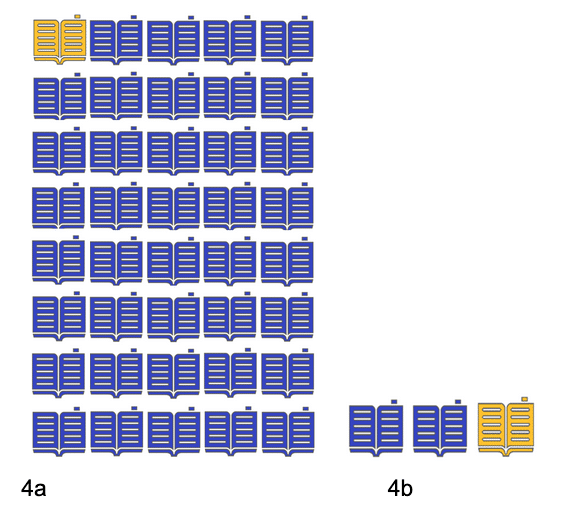
Figure 4a reveals that for every 40 publications authored in a high-income country, one publication was in collaboration with a low-income country-based researcher. Figure 4b reveals that two in three publications authored by low-income country based researchers have been in collaboration with high-income country based researchers. We conclude from this that it is proportionately more likely for low-income country researchers to collaborate with researchers in the Global North than for researchers in the Global North to collaborate with researchers in the Global South. However, it is important to note here that numbers of research outputs are disproportionate between the global regions (see Table 1 below).
| 2010-2022 | Number and percentage of authors publishing climate change and infectious (zoonotic) diseases research | Number of authors publishing research outputs associated with SDG13 | Number of authors publishing research outputs associated with SDG3 | Total number of authors publishing in each geographic income region |
| Global South | ||||
| Low-income countries | 52 (0.11%) | 2,818 (6.22%) | 26,649 (58.85%) | 45,285 (100%) |
| Lower-middle-income countries | 468 (0.03%) | 85,931 (6.07%) | 409,355 (28.93%) | 1,415,019 (100%) |
| Global North | ||||
| High-income countries | 618 (0.01%) | 365,917 (4.73%) | 2,337,971 (30.22%) | 7,736,160 (100%) |
| Upper-middle-income countries | 2,419 (0.06%) | 194,187 (4.56%) | 850,954 (19.97%) | 4,260,966 (100%) |
Table 1 outlines the combined total number of authors of published research in the Global South and Global North, including the proportion of researchers against the total number of researchers in each of these regions. The figures in the table reveal that proportionally the number of researchers publishing research on zoonotic diseases and climate change is higher than that of higher-income countries. We argue here that this research focus is not necessarily a niche area for Global South countries (even though their number of research outputs and activity is low in real terms). Consideration of the number of authors publishing zoonotic diseases and climate change research papers against numbers of authors publishing in areas associated more generally with SDG3 and SDG13 provides a glimpse of the breadth of sustainable development research of which our topic area is just one component.
Despite the crossover with SDG3 and SDG13 not being high, it shows that the engagement of researchers in low-income countries with zoonotic diseases research is notable and contributes to research progress in this area. However, the research is better represented if we look proportionally. For example, 52 researchers in low-income countries represent 8% of the number of zoonotic disease researchers in high-income countries (618), but the total number of researchers publishing overall in low-income countries (45,285) represents just 0.5% of all researchers in high-income countries (7.7 million) making the proportional contribution by low-income country researchers 40 times greater than high-income country researchers in this research area.
c) Research publications by geographic region
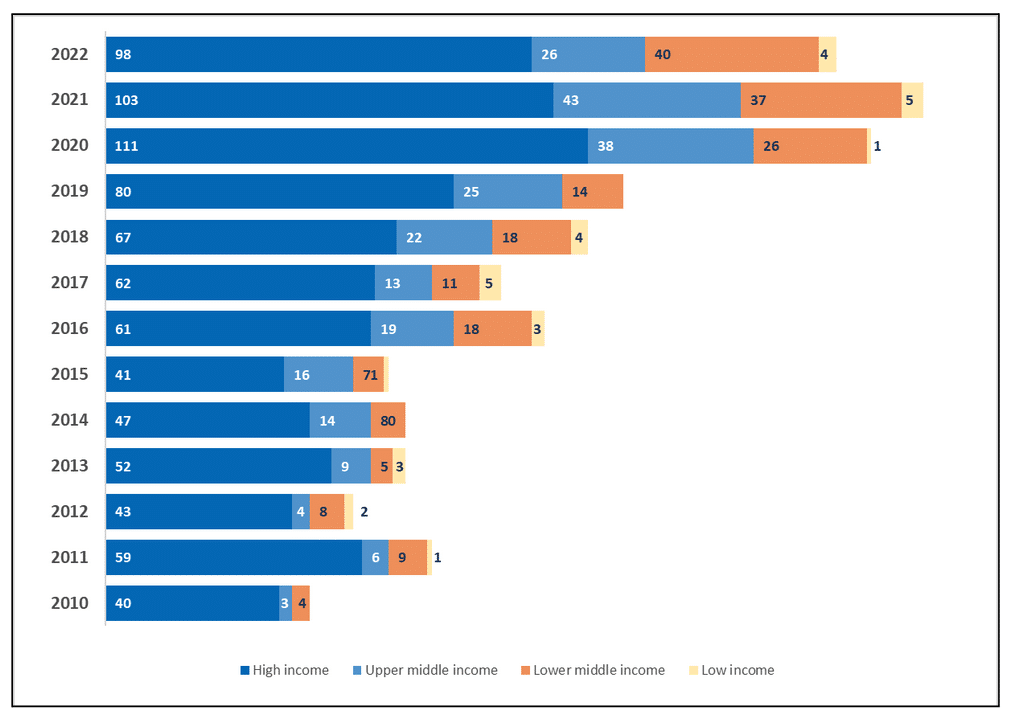
Figure 5 above reveals a total of 1,419 research publications pre- and post-SDG period from 2010-2022 by country income group have been captured by Dimensions. The numbers represented in the chart reveal that publications have at least one author in the country income groupings outlined. In order to incorporate collaborations, a publication is included twice if it includes an author within each income group. This only applies for the analysis of country income groups. It allows us to see any increases/decreases in collaborative behaviour. In this respect, we note the contribution (either through collaborating or writing their own publications) from low/low-medium-income (Global South) countries has risen both in number and as a proportion of the outputs from 2010.
d) Citation analysis by geographic regions
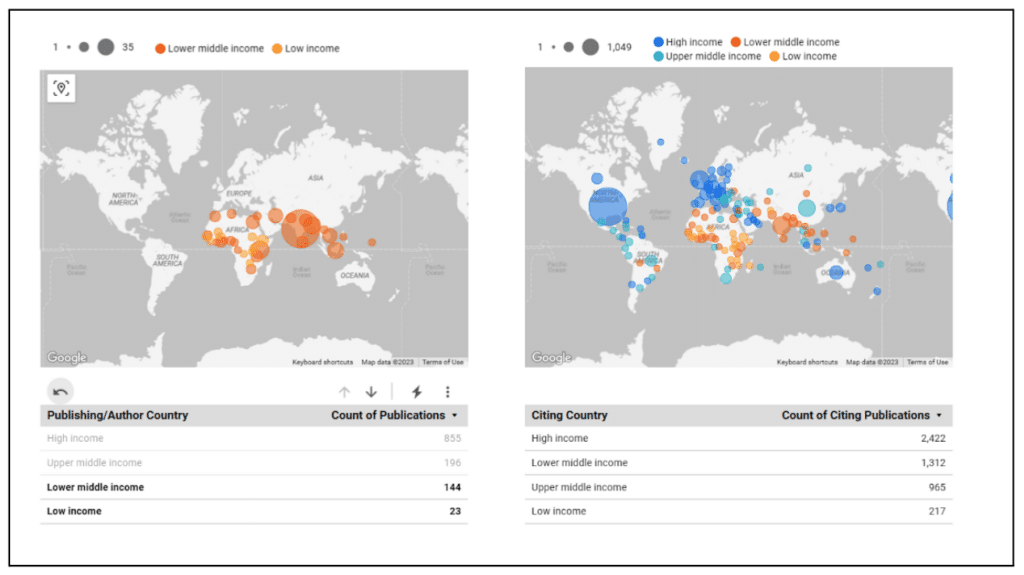
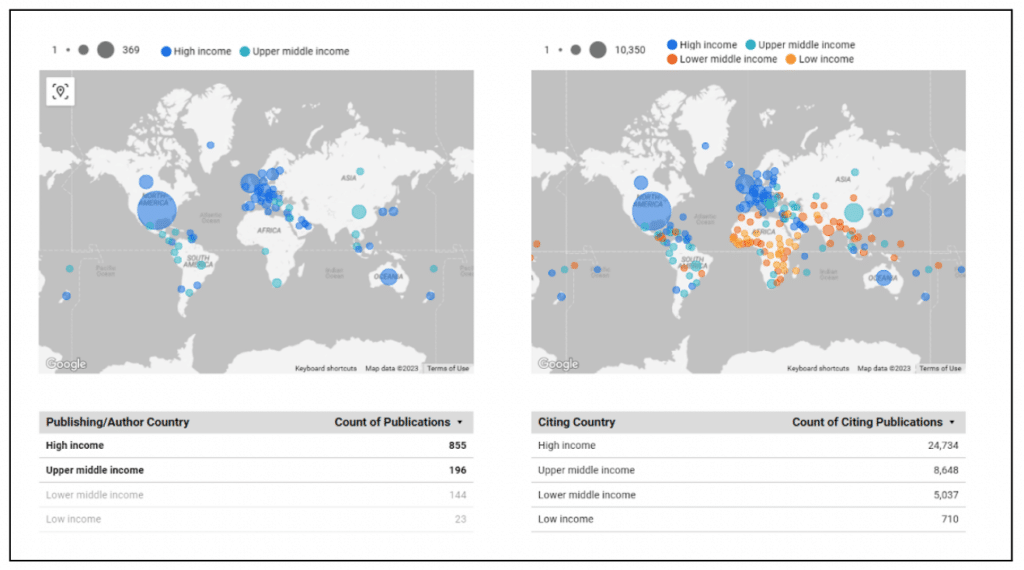
The data in Figure 6a and 6b above reveal that:
1. South-East Asia as a producer of this research is dominant in the Global South (see Fig. 6b).
2. In the Global South, South-East Asia both publishes research and favourably cites research from the same region (see Fig. 6a).
3. Research output in South-East Asia is not as highly cited by the Global North (see Fig. 6b). What is notable however, is the overall dominance of the Global North for both research output and citation counts. We conjecture one reason for why this might be the case is that the Global South may not have access to the same level of funding or collaboration opportunities. Moreover, differences in research focus could account for the distinction. Moreover, interest in these areas by high-income country research(ers) may be less pronounced than those research areas elsewhere in the Global South (eg, Africa) where there is more collaboration, or more ‘gain’ for Global North countries (Ebola, Zika etc). For example, if India’s research focus was local to aspects of zoonotic diseases that only affect this country, then it might be less likely that higher income countries would cite the research. This warrants a deeper dive into the data to uncover such findings but is outside the scope of the blog.
In conclusion, it is perhaps the case that areas which are most affected by climate change and zoonotic diseases have become publication ‘hotspots’ which are not yet attractive to researchers in Global North countries.
e) Funding – by income/geography; Funder type
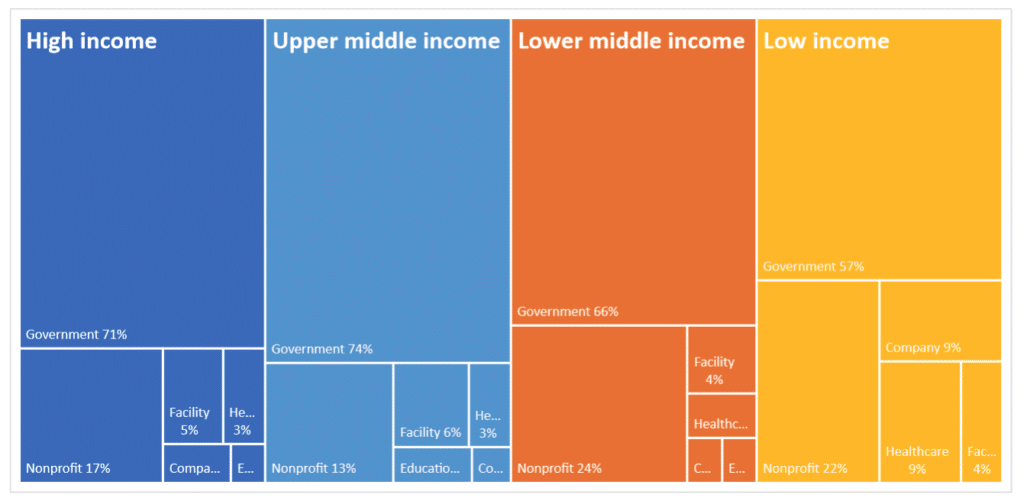
The general trend seen in Fig. 7 above reveals government funding to be the major driving force in zoonotic diseases and climate change research in all of the country groupings. What Dimensions reveals in this respect is that governments in the Global North provide 100% of the government funding that is held in the Dimensions database for research on these topics in the Global South. This would explain perhaps why low-income countries in the Global South, where research infrastructure isn’t as well funded, receives less government funding as it is awarded by the Global North. Looking at funding from non-profit sources, which includes organisations such as Bill and Melinda Gates Foundation, the Wellcome Trust and the Science and Technology Development Fund, we note that such organisations provide nearly a quarter of all research funding held in Dimensions, in the Global South. As with government funding, 98% of all non-profit research funding in both regions comes from non-profit organisations in the Global North. It is interesting to note, given the focus of the research, that only a very small proportion of funding is received across all funder types from the healthcare sector. All other funders included in Fig. 7 92.5% of funding comes from the Global North (healthcare funding is included in this figure).16
f) Policy documents and their citing publications
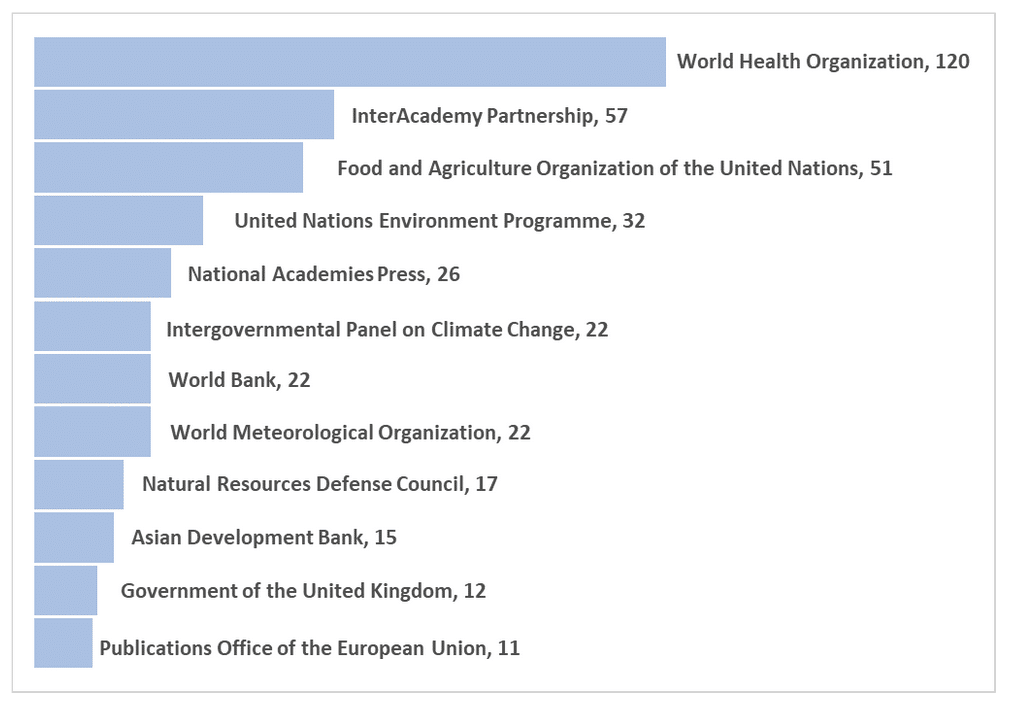
In Dimensions, policy sources and document types range from government guidelines, reports or white papers; independent policy institute publications; advisory committees on specific topics; research institutes; and international development organisations. The top 12 policy publishers that are outlined in Fig. 8 above represent those publishers of policies citing research outputs associated with climate change and zoonotic diseases. It is perhaps not unexpected that the number of publications cited by the World Health Organization would be high given its global vision to eliminate the disease burden globally and to reverse climate change. Zoonotic diseases are very much on the radar of the global agencies concerned with global health which, given climate change, means that spread of these diseases in the Global North is more likely.
Takeaway findings
Using Dimensions’ capability to take a deep dive into research exploring zoonotic diseases and climate change in the context of SDGs has enabled us to uncover a number of interesting findings that are illuminating in the context of a world view.
Our investigations have revealed several interesting findings, including:
- Research publications in this area have increased more than two-fold since the implementation of the SDGs.
- Collaboration patterns in the Global North and Global South reveal that researchers in Global South countries are more likely to collaborate with researchers in the Global North than vice versa.
- The total number of authors publishing research on zoonotic diseases and climate change in the lowest-income countries represents 8% of the total number of zoonotic disease researchers in high-income countries (see Table 1). Expanding this out across all research publications, the total number of researchers publishing in low-income countries represents just 0.5% of all researchers in high-income countries, making the proportional representation of low-income country researchers 40 times greater than high-income country researchers. Although actual numbers would reveal a different story, we believe that depicting the data in this way provides a balanced representation of the research output.
- Research carried out on zoonotic diseases and climate change in the lower income countries is less well cited by higher income countries.
- The data in Dimensions highlights that government organisations in the Global North award much of the funding for research in the Global South, and likewise for funding from non-profit agencies. What we might consider here as an explanation is that numerous organisations in the Global North such as Bill and Melinda Gates Foundation, the SCI Foundation, along with governments, are committed to the elimination of zoonotic diseases and in helping reduce carbon emissions to reverse climate change at a global level.
Conclusion
What is apparent is that governments around the world are investing large sums of money as part of the global mission to halt the spread of animal diseases and to protect the public against zoonotic disease outbreaks before they become pandemics that pose a risk globally.
Digital Science’s Dimensions database provided us with enormous opportunities for the interrogation of data to gather insights on zoonotic diseases and climate change (much more than could be included in this blog). The comprehensiveness of the database in terms of its coverage of publications, policy documents, grant funding and SDG-associated output (among others) in the Global North and Global South allows for creating the most value. As a linked research database, the possibilities for generating downstream link- and flow- analyses across geographies means it is an invaluable tool for the widest possible discovery across the research ecosystem.
About Dimensions
Part of Digital Science, Dimensions is a modern, innovative, linked research data infrastructure and tool, re-imagining discovery and access to research: grants, publications, citations, clinical trials, patents and policy documents in one place. www.dimensions.ai
About the Authors
Dr Briony Fane, Director, Researcher Engagement, Data | Digital Science
Dr Briony Fane gained a PhD from City, University of London, and has worked both as a funded researcher and a research manager in the university sector. Briony plays a major role in investigating and contextualising data for clients and stakeholders. She identifies and documents her findings, trends and insights through the curation of customised in-depth reports. Briony has extensive knowledge of the UN Sustainable Development Goals (SDGs) and regularly publishes blogs on the subject, exploring and contextualising data from Dimensions.
Ann Campbell, Product Technical Specialist | Dimensions
Ann Campbell (MPhil) joined Digital Science after almost 16 years working in the university sector where she successfully implemented several information systems used across the student and research lifecycle. Ann has a broad knowledge of data integration and analysis, primarily in the areas of academic research and impact, research assessment, diversity and inclusion and the UN SDGs. With extensive expertise in academic related data, she has played a lead role in data preparation for a number of REF assessments, diversity and inclusion charters and mandatory submissions.
Dr Juergen Wastl, Director of Academic Relations and Consultancy | Digital Science
Dr Juergen Wastl leads on supporting research institutions, funders, governments and other institutions with research capabilities to make better use of data to inform their strategies and decisions. Juergen headed the team that developed the Sustainable Development Goals classification for Dimensions and spearheads investigations and innovative analysis based on the UN SDGs. He is also Associate Director at the Research on Research Institute (RoRI) and he has considerable experience in all matters associated with research evaluation, assessment and interoperability.
1 https://link.springer.com/content/pdf/10.1007/s40121-022-00647-3.pdf
2 Field, C.B., V.R. Barros, D.J. Dokken,et al. 2014. Climate Change 2014: Impacts, Adaptation, and Vulnerability. Part A: Global and Sectoral Aspects.Working Group II Contribution to the Fifth Assessment Report of the Intergovernmental Panel on Climate Change. Cambridge, UK and New York,NY: Cambridge University Press.
3 https://www.ncbi.nlm.nih.gov/pmc/articles/PMC4459090/pdf/fpubh-03-00157.pdf
4 Ajuwon BI, Roper K, Richardson A, Lidbury BA. One Health Approach: A Data-Driven Priority for Mitigating Outbreaks of Emerging and Re-Emerging Zoonotic Infectious Diseases. Trop Med Infect Dis. 2021 Dec 29;7(1):4. doi: 10.3390/tropicalmed7010004. PMID: 35051120; PMCID: PMC8780196
5 Int. J. Environ. Res. Public Health 2022, 19(2), 893; https://doi.org/10.3390/ijerph19020893
6 We use the terms Global North/Global South and High- high middle income and low- low middle income countries interchangeably.
7 https://pubmed.ncbi.nlm.nih.gov/31196187/
8 https://link.springer.com/content/pdf/10.1007/s11356-020-08896-w
10 https://news.un.org/en/search/Sustainable%20development%20goals
11 https://www.pnas.org/doi/pdf/10.1073/pnas.2001655117
12 https://sdgs.un.org/goals/goal3
13 https://sdgs.un.org/goals/goal13
14 https://www.un.org/sustainabledevelopment/hunger/
15 https://www.foreignaffairs.com/world/inevitable-outbreaks-spillovers-pandemics
16 It is important to note here that Dimensions funding data is skewed towards the Global North.
The post Zooming in on zoonotic diseases appeared first on Digital Science.
from Digital Science https://ift.tt/Vu4gXSp

No comments:
Post a Comment